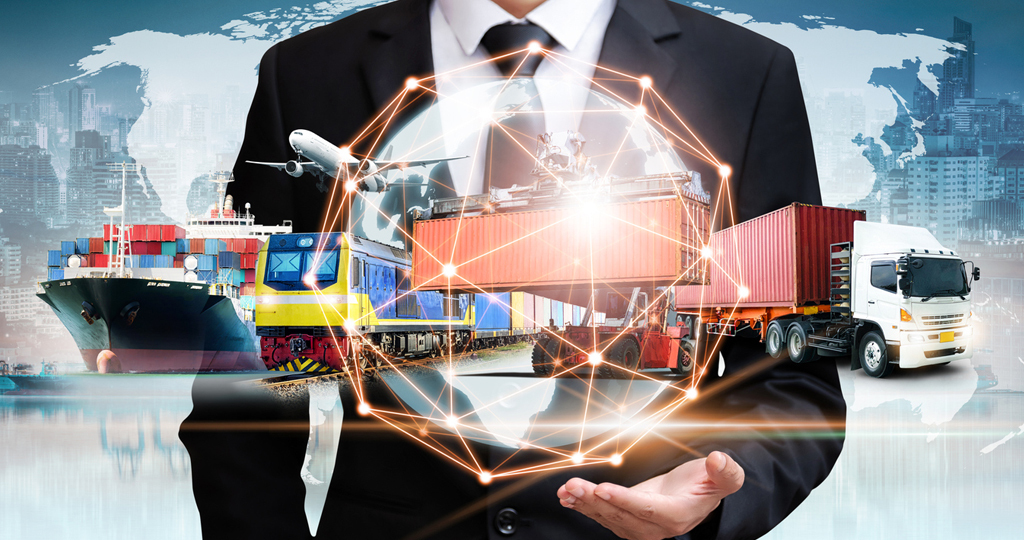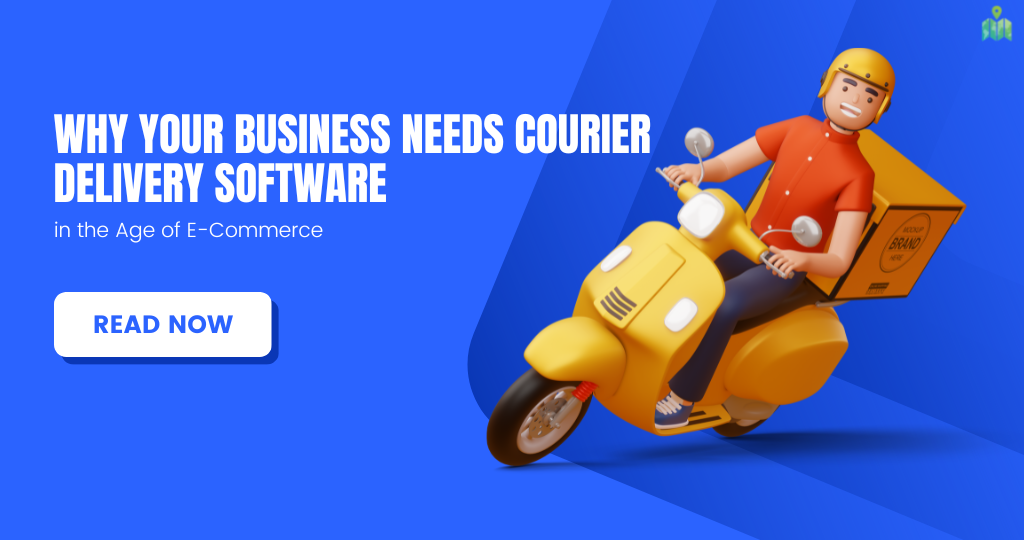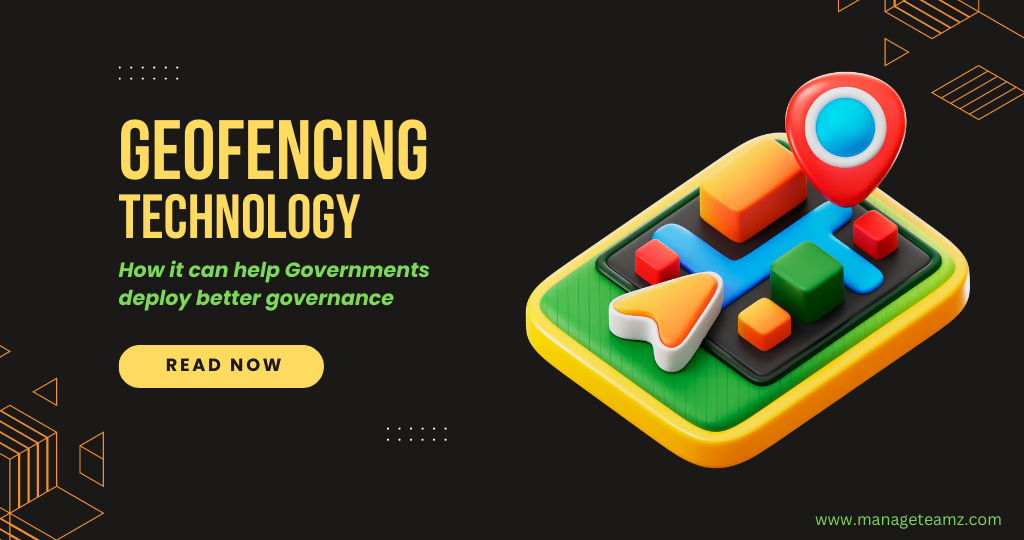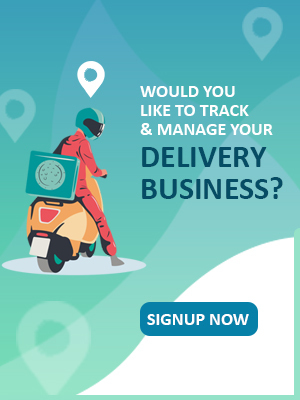At the present, the delivery process has become an inevitable part of everyone’s life. One of the best things about the E-Commerce journey is the moment when the product gets delivered and remains in the hands after a long anticipation.
As technology increases customer expectations also increase parallelly. However, research shows that customers are not only increasing demands but also extremely cost-sensitive and have less interest in paying a greater fee at their convenience.
Moreover, Autonomous Delivery Vehicles will be the popular technology to sort out last-mile delivery issues with the power to give consumers greater delivery convenience and altering the competitive landscape at a lower cost.
In this blog, we have discussed the role of technology in scaling up last-mile delivery.
How Technology is expected to transform the last-mile delivery?
In the present era, we can lively view the examples of technology use cases. Here are a few of them which we are experiencing in the present and can experience in the future:
-
- We can expect electric vehicles and the increased presence of unattended delivery technology to expect the first wave of technology that transforms the last-mile delivery. The change is already here since these technologies are market-ready and scalable and also follow regulatory compliance. Since cities tighten their emission standards, it is better to deploy EVs in last-mile delivery which will be among the first technologies to achieve significant adoption.
-
- In the upcoming three to five years, large and semi-autonomous delivery vehicles that follow parcel-delivery staff are expected to be the next trend to be leveraged by companies in the parcel-delivery segment. The initial step towards automation will now support the delivery staff and enhance productivity by eliminating the time needed to drive and park vehicles.
-
- Within the next five to ten years, Autonomous Delivery Vehicles will likely not need to be accompanied by any human intervention and can be the third wave of widespread tech-enabled parcel delivery.
-
- When looking for the year 2030, it is expected that robots will take the product package right to customers in front of their doors. This technology represents an important added value which means customer convenience since robots will be able to address the “last ten yards” of delivery. The first-robot pilots are already here. Though this technology is completely expensive which means that these solutions are far from widespread deployment.
All the above technologies are adding a greater potential for both customers and providers. Semiautonomous and autonomous vehicles for instance can reduce the delivery costs in cities by approximately 10% to 14%.
On the other hand, EVs do not offer cost savings significantly. This is because total vehicle cost, including mileage, accounts for less than 15% of the total last-mile delivery cost in dense networks and thus provides only a small basis for cost improvement.
Since customers are demanding more from their delivery providers and a high competitive environment integrated with customer’s high-cost sensitivity has pushed towards the development of technology that will help the industry deliver on these rising demands.
Solving the greater challenges: Cost and Inefficiency
The last mile accounts for 41% of the overall supply chain costs, according to the report from the Capgemini Research Institute. Added, consumers are not willing to accept the fact of higher costs of delivery, making online orders less profitable, in particular for brick and mortar shops.
Technologies such as Robotics and AI lend the power to speed up fulfillment. Crowdsourced platforms source-on-demand drivers, drones, and autonomous delivery systems allow human workers to focus on other parts of the business. Technology-driven solutions are fulfilling the last-mile delivery gaps and can also assist small, local shops compete with global eCommerce giants.
At present, the COVID crisis has caused a drastic shift in buying habits. In the last few months, we can record an increased number of people shopping digitally which has accounted for 10 years of growth in eCommerce, says Accenture research.
This report has proven true by Lawrence McCord, founder, and CEO of Frayt whose company has seen 400% growth in a month. The company both serves customers ranging from local, mom-and-pop shops to large chains, which are facing the same type of last-mile challenges. Customers can enter delivery requests manually into the cloud-based platform or automate the process by integrating the delivery platform into their back-end via APIs.
With this pandemic situation, it is also important to give importance to safety precautions when it comes to door-to-door delivery. The greatest challenge for retailers is to scale up quickly in a way that doesn’t affect their margins or negatively affects customer service.
One of the most popular solutions is crowdsourced logistics which is made possible with software. The correct tool will help businesses in solving these tackles where they can instantly recruit part-time or full-time drivers only when needed. Users can also tap into the wealth of data with increased productivity, fuel consumption, cost, proximity, etc.
ManageTeamz: One-Stop Solution for all your business needs
Being a centralized and holistic last mile delivery management software, ManageTeamz is responsible for enhancing the business, customer, as well as delivery agent’s experience. The software comes with the latest feature which sorts out the present challenges in society.
Like what you’re reading?
Get on a free consultative call with our team of industry experts to explore the possibilities on the subject.







